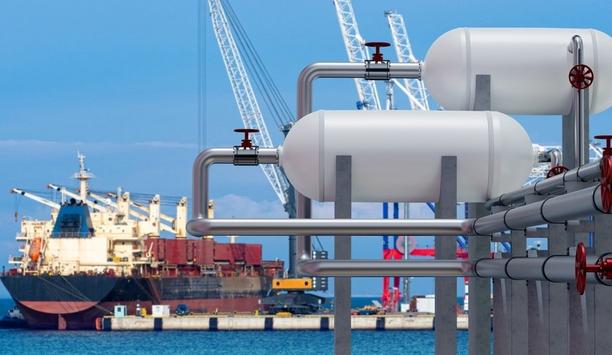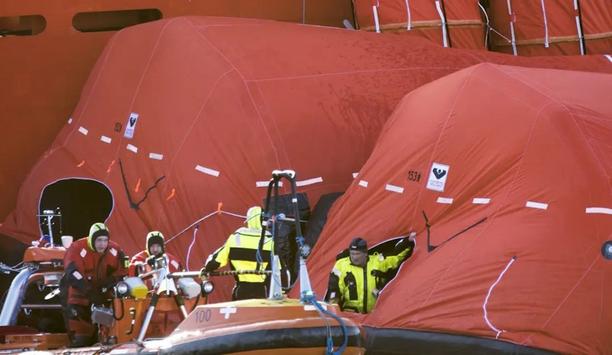A new report from the Global Maritime Forum, prepared on behalf of the Getting to Zero Coalition, assesses progress towards the development of Green Shipping Corridors, and maritime routes between major port hubs where zero-emission solutions are supported and demonstrated and finds that activity during 2022 exceeded expectations.
Green Shipping Corridors
However as maritime Green Shipping Corridors progress towards implementation, some key industry stakeholders, especially cargo owners and fuel producers, will need to be engaged as soon as possible.
From the public sector, policy support from national governments will need to embrace the challenge of closing the fuel cost gap between zero-emission and fossil fuels.
2022 Annual Progress Report
The report looks at their potential, assesses progress, identifies challenges, and offers recommendations
The 2022 Annual Progress Report on Green Shipping Corridors is launched in association with the first anniversary of the Clydebank Declaration, which has seen 24 countries express support for the creation of Green Shipping Corridors as a way to demonstrate and deploy the zero-emission solutions necessary for shipping’s transition to zero greenhouse gas emissions.
While most maritime Green Corridor initiatives remain in their infancy, the report looks at their potential, assesses progress, identifies challenges, and offers recommendations, in particular by advancing the commercial-scale deployment of zero-emission fuels, vessels, and infrastructure on promising routes.
Report findings
Previous analysis has indicated that for shipping’s transition to get on track, 5% of fuels used on deep sea routes would need to be scalable, zero-emission fuels such as clean ammonia, methanol, or hydrogen.
- Overall, the report documents a level of Green Corridor activity in 2022 that has exceeded expectations, with more than 20 initiatives and 110 stakeholders from all main shipping segments involved, active engagement from the government signatories of the Clydebank Declaration, and coverage of some of the most important deep-sea routes.
- Most of these initiatives remain at a very early stage of development, with only a handful reaching the feasibility and planning stages so far.
- So far, maritime Green Corridors are too shipping-centric, more needs to be done to involve cargo owners and producers of future fuels if important obstacles are to be overcome.
- While governments have shown a promising amount of initiative in developing supportive policies, they will need to consider how to use national policy levers to close the fuel cost gap between zero-emission and fossil fuels.
Green Corridors capture the maritime sector’s imagination
The Global Maritime Forum’s Project Director for Decarbonisation, Jesse Fahnestock, noted that the report, like the activity it covered, was about creating a baseline for future action. He said, “Green Corridors have captured the maritime sector’s imagination, and the number of initiatives that have been launched in one year is genuinely exciting.”
Jesse Fahnestock adds, “These corridors are all at very early stages, but as they move towards implementation, this report can provide a platform for monitoring and sharing global progress. Already, the report has identified some key recommendations for accelerating action and improving impact.”











